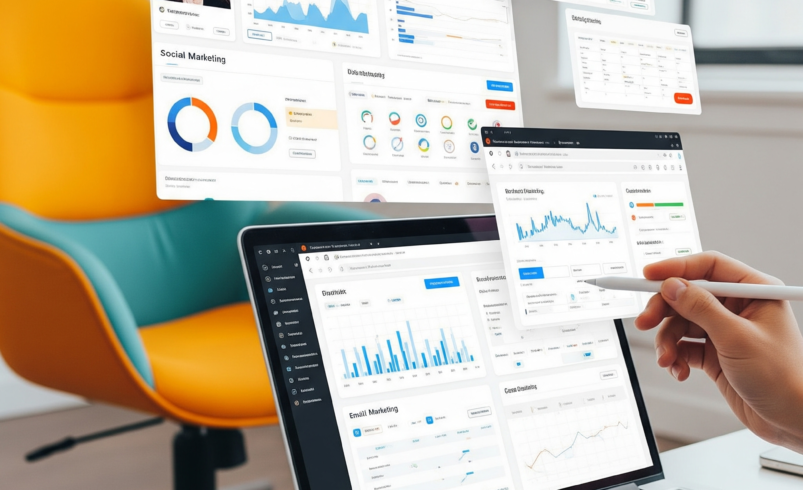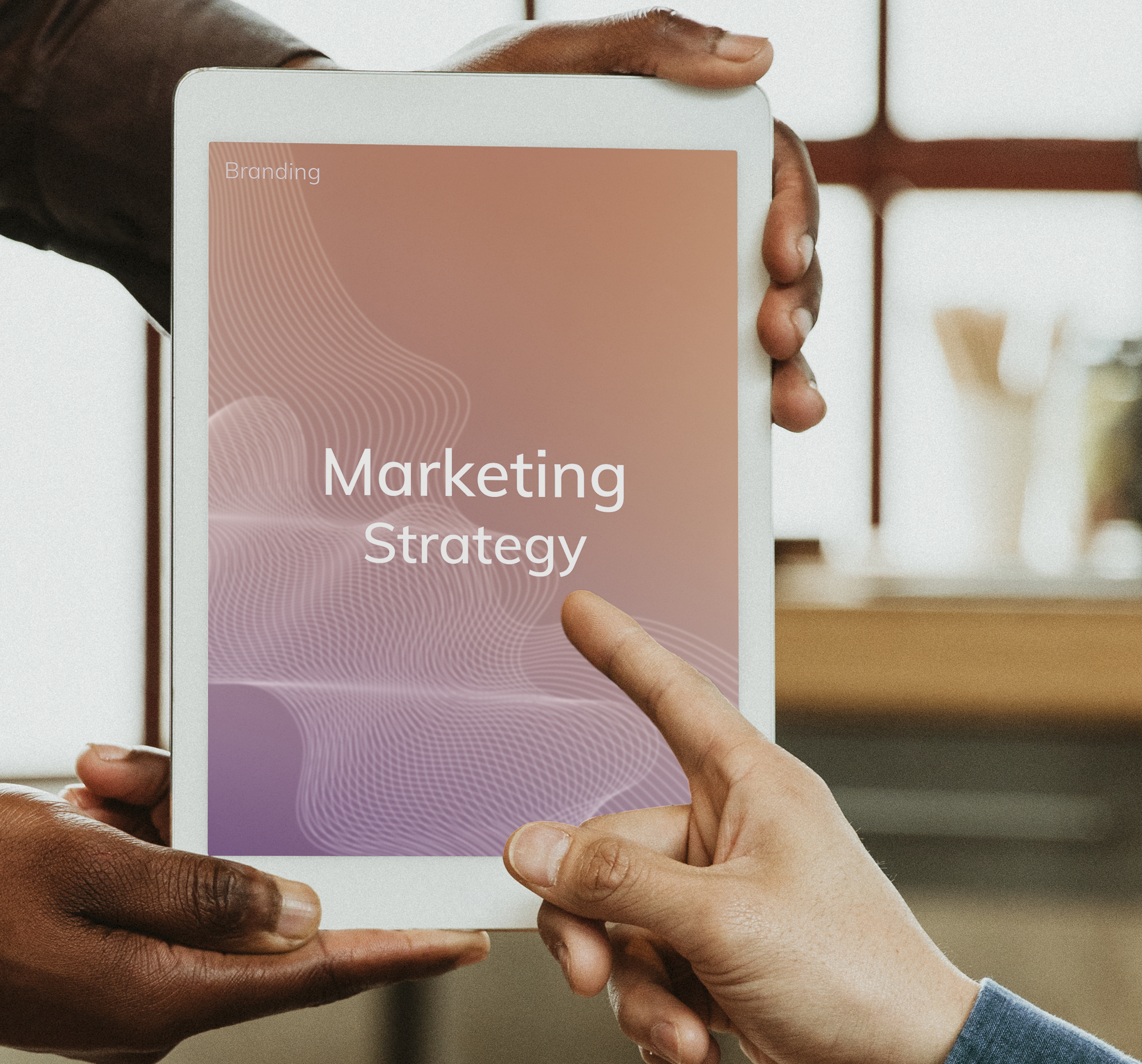
Brendan on Mastering Customer Engagement Through Smart Segmentation
In today’s hyper-competitive digital landscape, businesses can no longer afford to treat their audiences as a monolithic group. Consumers expect personalized, relevant experiences—and delivering on those expectations requires a deep understanding of your audience. This is where smart segmentation comes into play.
Brendan Amos, a recognized leader in digital marketing strategy, shares his insights into how smart segmentation can elevate customer engagement, boost conversions, and build lasting brand loyalty.
What Is Smart Segmentation?
Traditional segmentation often relies on basic demographics like age, gender, and location. Smart segmentation goes far beyond that. It incorporates:
- Behavioral data (purchase history, browsing habits)
- Psychographics (interests, values, lifestyle)
- Engagement metrics (email opens, click-through rates, social interactions)
- Predictive analytics (likelihood to purchase, churn risk)
Brendan Amos explains: “Smart segmentation is about leveraging data to create meaningful subgroups of your audience. It allows brands to speak directly to their customers’ needs and emotions in real time.
Why Smart Segmentation Matters for Customer Engagement
When you segment intelligently, you’re not just selling—you’re connecting. Here’s how it transforms engagement:
1. Personalized Messaging
Using smart segments, you can craft tailored content for each group. For example, new customers might receive welcome emails, while long-term buyers get loyalty rewards.
2. Higher Open and Click Rates
Segmented email campaigns have 14.3% higher open rates and 100.95% higher click-through rates compared to non-segmented campaigns, according to Mailchimp.
3. Improved Customer Satisfaction
When users receive content that feels personally relevant, they’re more likely to trust the brand—and return for future interactions.
Brendan Amos’ 5-Step Framework for Effective Smart Segmentation
Brendan recommends this practical approach for brands looking to unlock the full power of segmentation:
Step 1: Define Your Business Goals
Before you create segments, ask:
- What are you trying to achieve?
- Do you want to increase sales, improve engagement, reduce churn, or all of the above?
“Segmenting without clear goals is like sailing without a compass,” Brendan notes.
Step 2: Collect the Right Data
Data is the backbone of segmentation. Use tools like:
- Google Analytics for behavior tracking
- Email marketing platforms like Klaviyo or Mailchimp for engagement
- CRM systems like HubSpot or Salesforce for customer profiles
Step 3: Segment Based on Value, Not Just Demographics
Go beyond surface-level traits. Create segments like:
- High-spending customers
- Dormant subscribers
- Cart abandoners
- Content engagers
These actionable segments allow for precise targeting.
Step 4: Create Tailored Journeys
Once segments are defined, build specific content journeys:
- Recommend relevant products
- Send timed follow-ups
- Deliver educational content based on behavior
Step 5: Test, Optimize, Repeat
Segmentation isn’t “set it and forget it.” Use A/B testing, analyze performance, and refine your approach regularly.
Real-World Example: E-Commerce Success
Brendan shares a case study where smart segmentation transformed an e-commerce brand’s results.
Challenge: Low engagement and stagnant email revenue.
Solution: The brand segmented its email list into:
- Recent buyers
- High-value repeat customers
- Window shoppers (site visitors who didn’t purchase)
Each group received personalized email flows.
Results within 90 days:
- Email revenue increased by 45%
- Open rates jumped by 21%
- Customer retention rose significantly
“The key wasn’t sending more emails. It was sending the right message to the right person at the right time,” says Brendan.
Smart Segmentation Tools Brendan Recommends
- Klaviyo – Advanced email segmentation for e-commerce
- Segment by Twilio – Unify customer data across platforms
- Hotjar – Understand on-site behavior through heatmaps and recordings
- HubSpot – A complete CRM with smart list building
- Google Optimize – A/B testing tool to optimize segmented experiences
Final Thoughts: Start Small, Think Big
You don’t need to overhaul your entire marketing strategy overnight. Start with a few basic segments—like new vs. returning customers—and build from there.
Brendan Amos leaves us with this reminder:
“Segmentation is not just a marketing tactic—it’s a mindset. When you respect your audience’s individuality, they reward you with loyalty and engagement.”
Key Takeaways
- Smart segmentation goes beyond demographics—it’s driven by behavior, value, and intent.
- Personalized communication dramatically boosts engagement metrics.
- Use segmentation tools and data analytics to continuously refine your strategy.
- Start with clear goals and build targeted, meaningful customer journeys.




